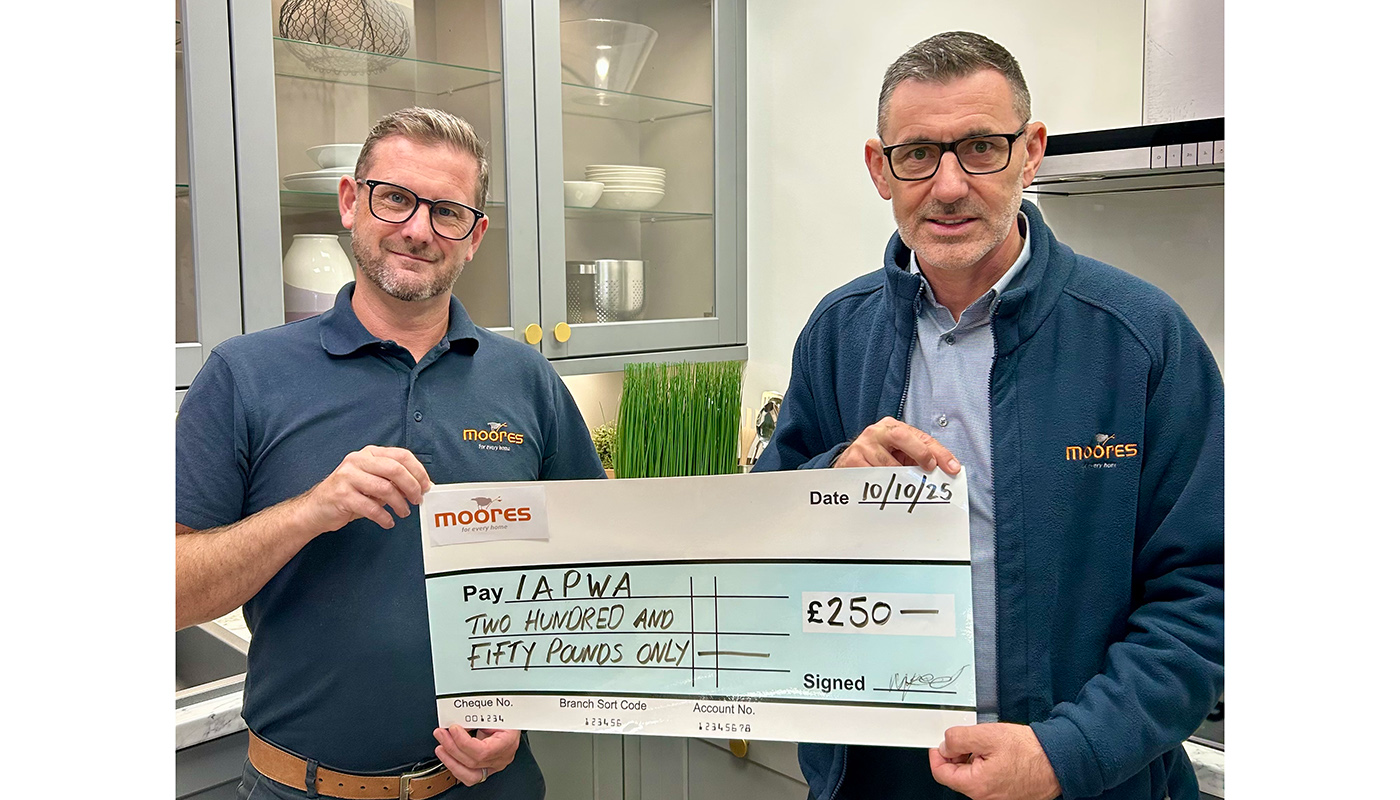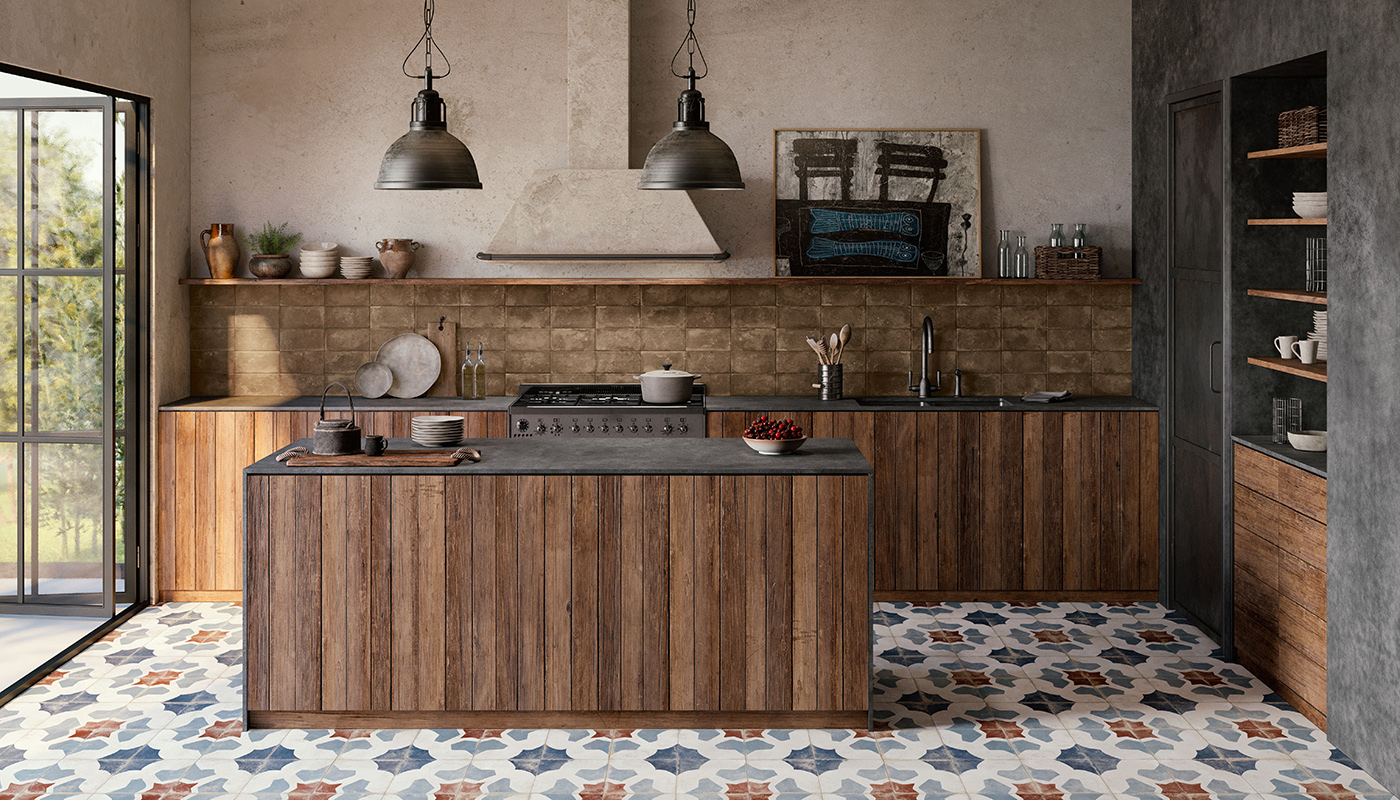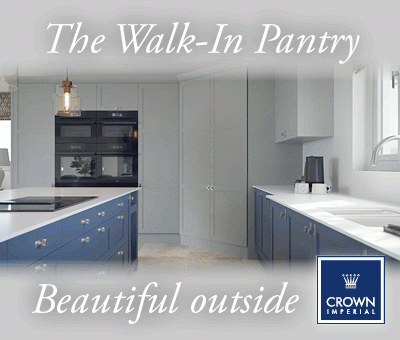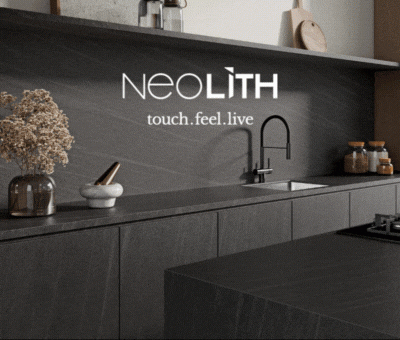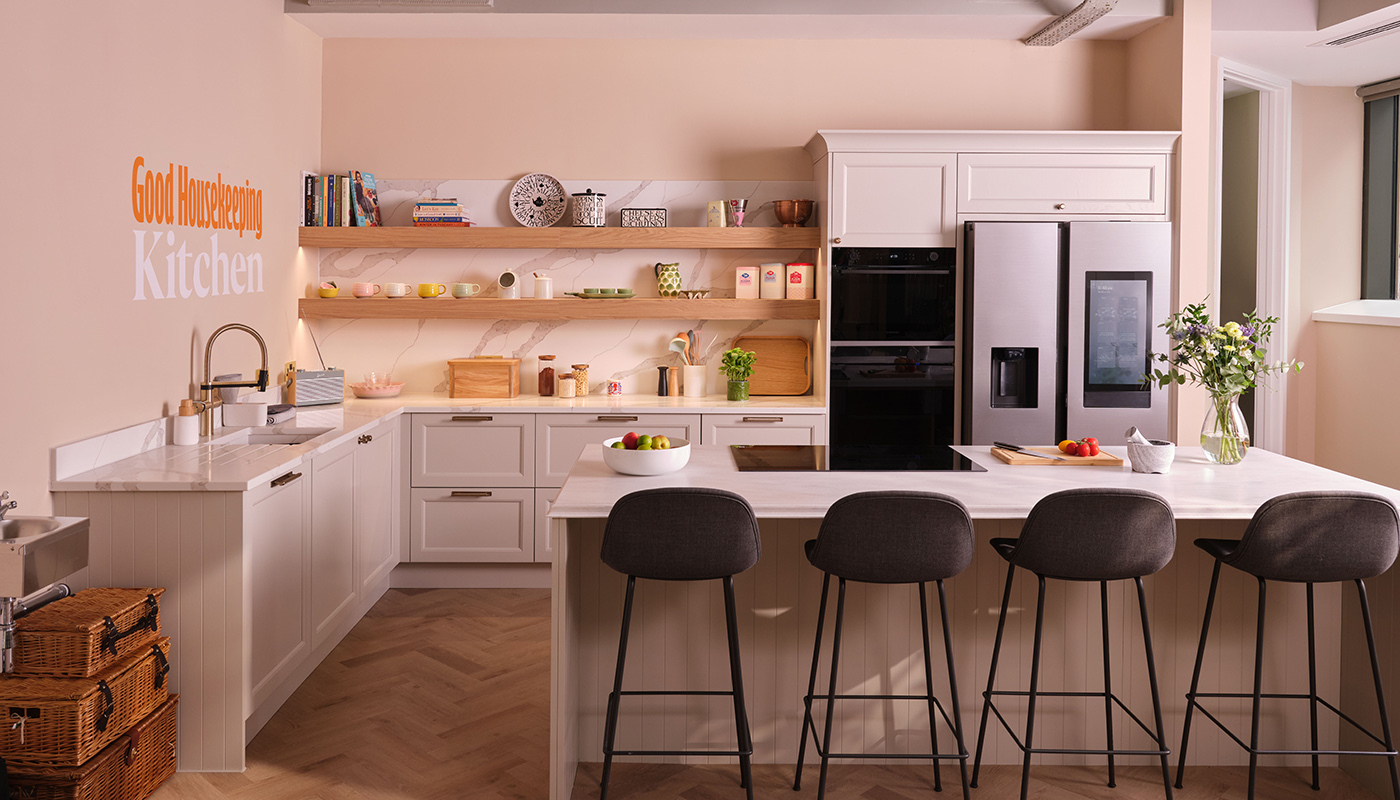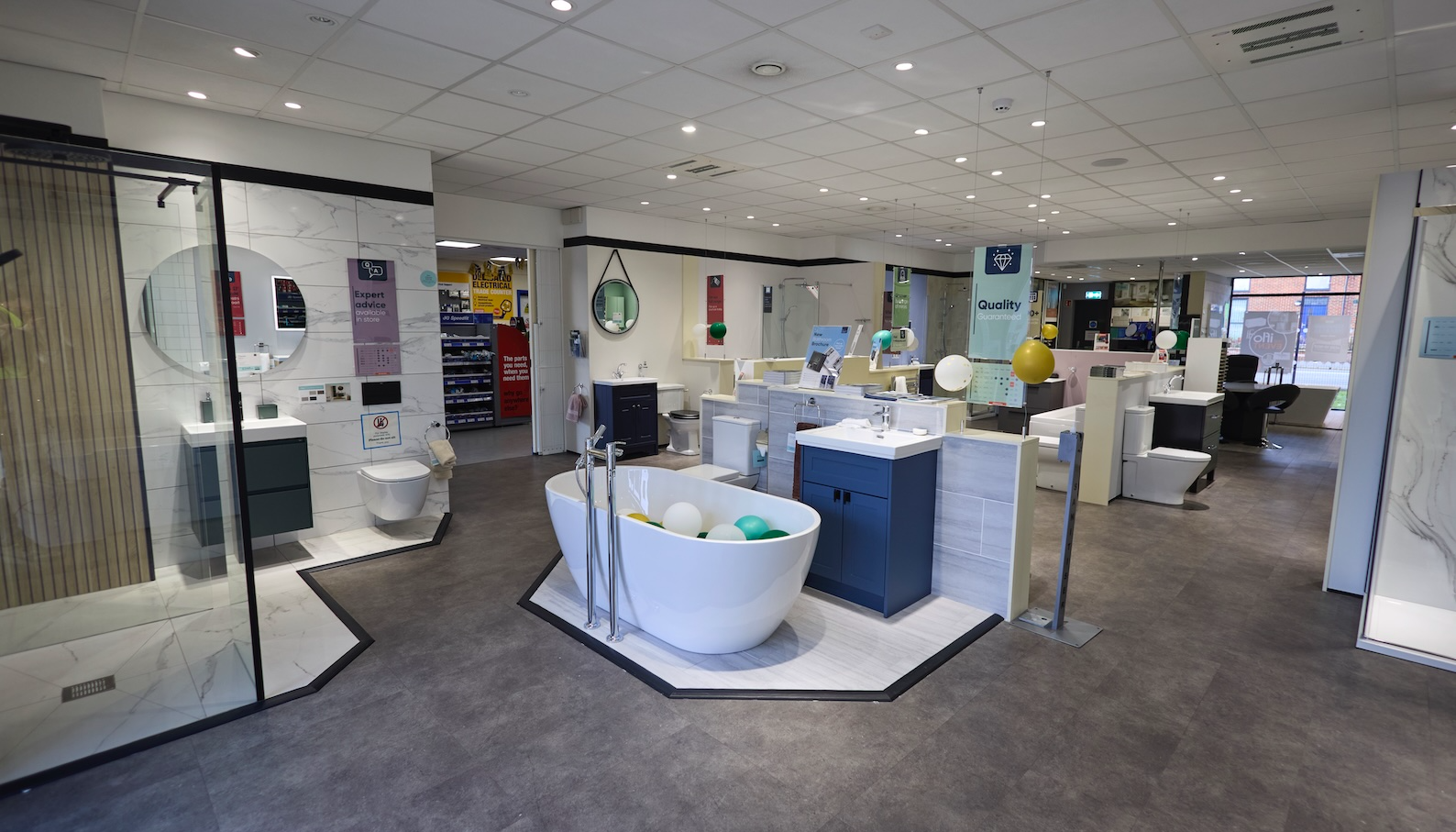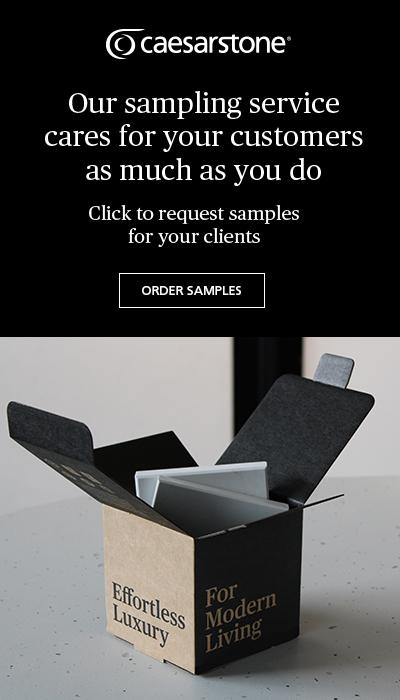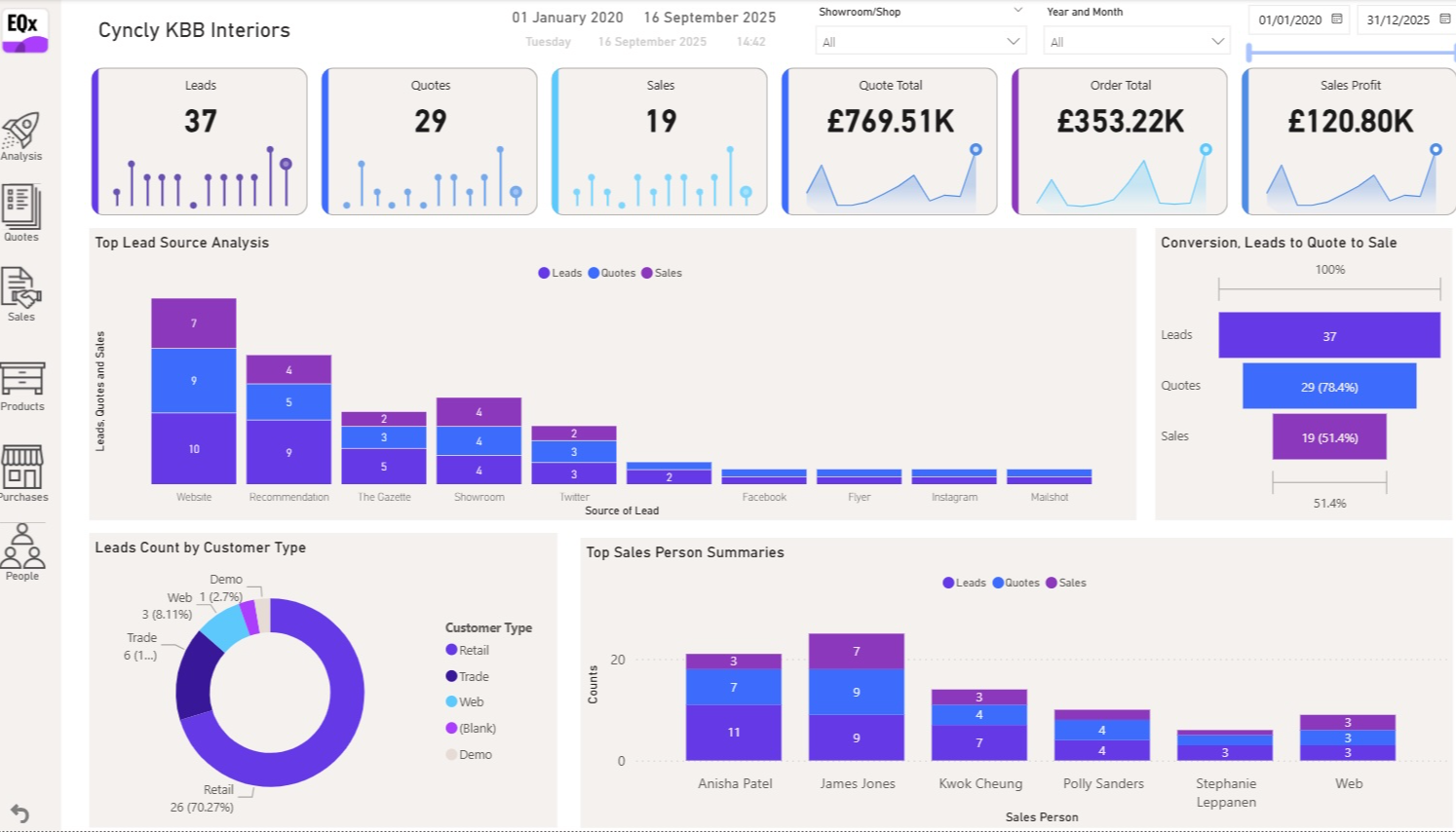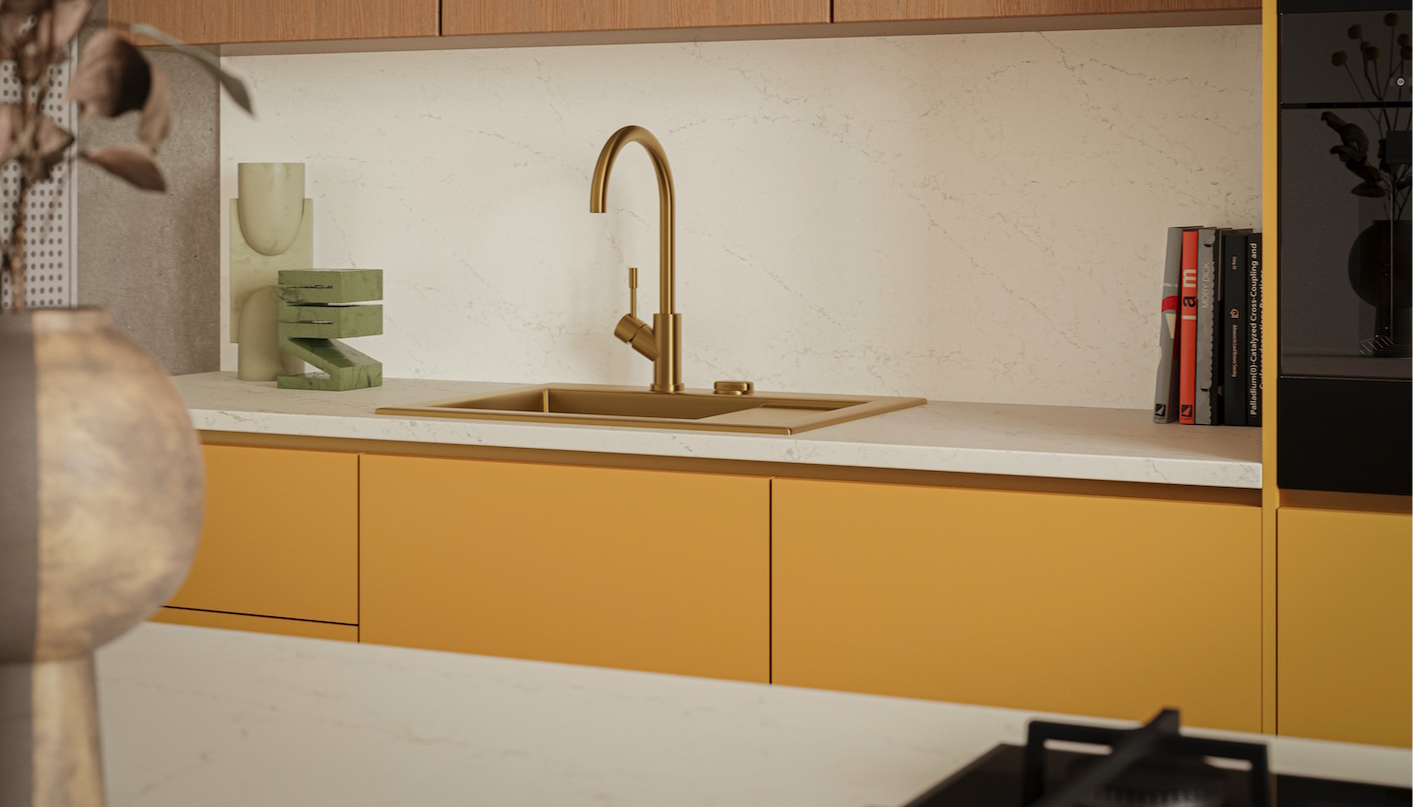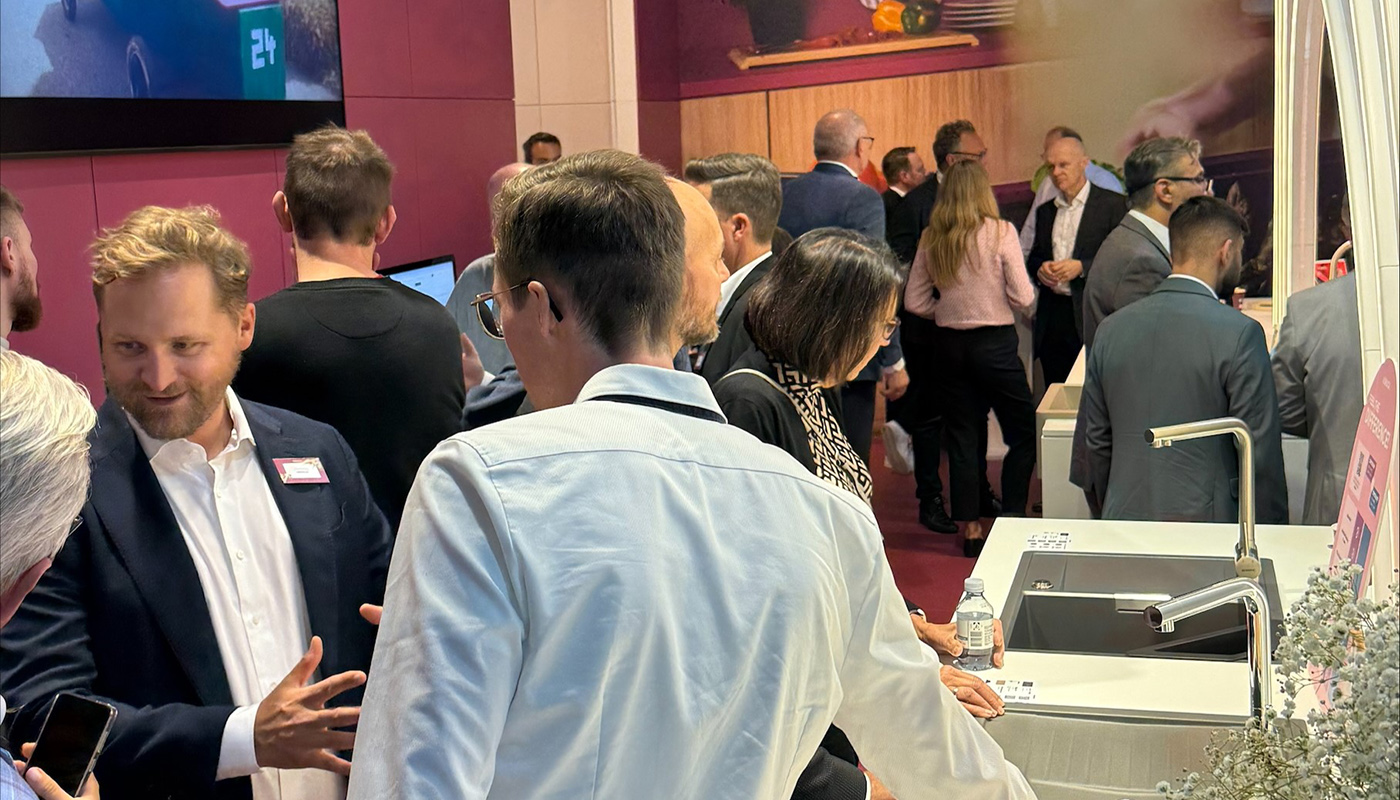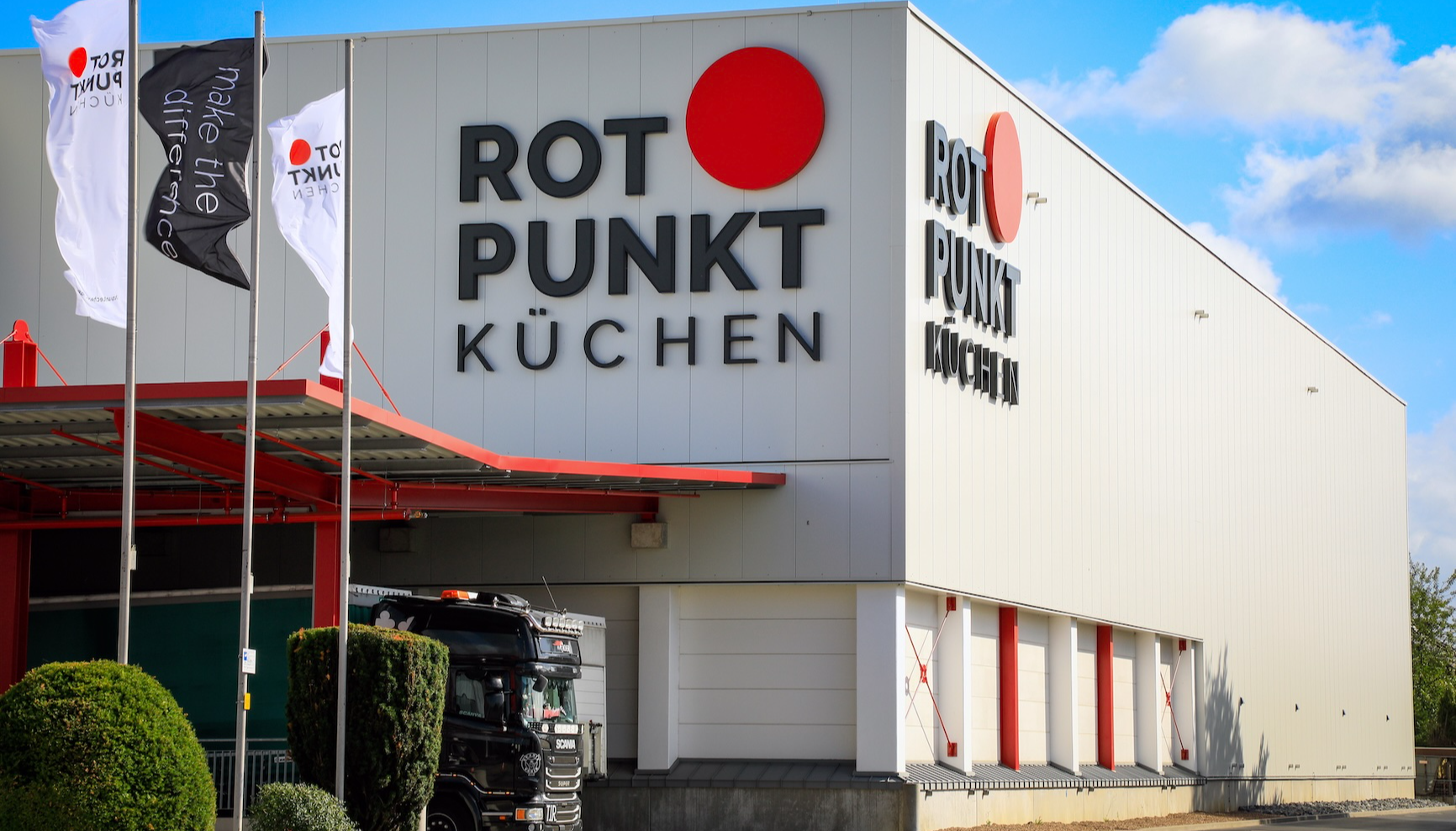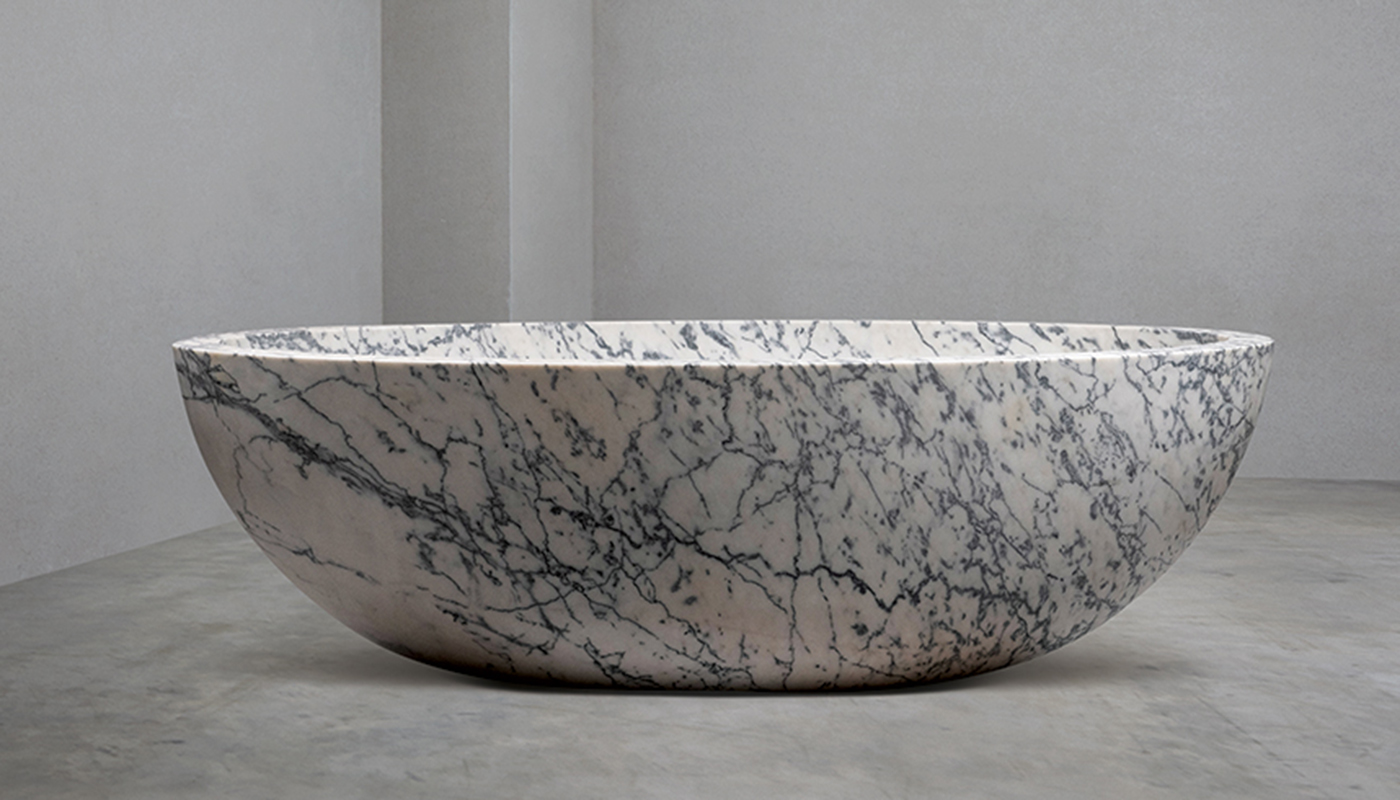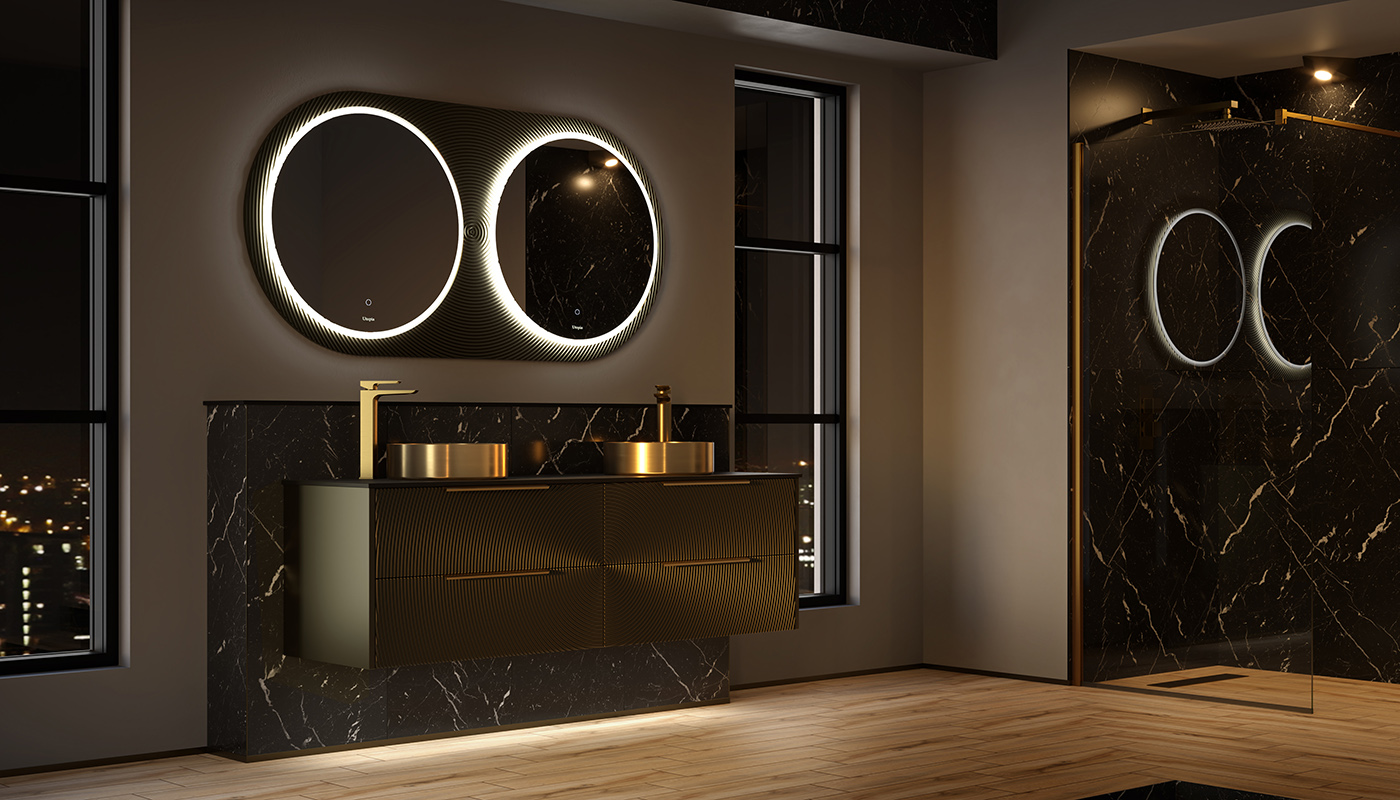Kitchen focus – 3 key splashback trends you need to know about now
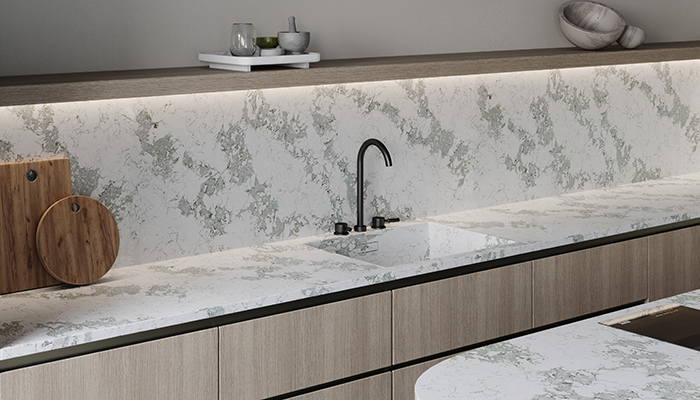
Kitchen focus – 3 key splashback trends you need to know about now
From bold designs to inviting textures to easy maintenance, the kitchen splashback is playing an increasingly important part in kitchen design. Gail Rees talks to the experts to find out more.
In recent years the role of the humble splashback has been redefined into an increasingly critical part of the kitchen design process. Consumers are now wanting to use this highly visible area to infuse more personality into their culinary space, evolving it from a merely functional element to a pivotal design feature.
Here are the top 3 splashback trends of the moment:
1. Worktop continuation
For many years tiled walls were the most frequent splashback choice for consumers, but large-format slabs are now becoming the splashback of choice with over 60% of consumers selecting this option according to Houzz.
Jayne Everett, creative designer for Naked Kitchens, discusses the important part splashbacks play: “Clients are definitely paying more attention to considering the splashback in the overall design rather than a last minute add-on. The aesthetics of the splashback need to be carefully considered to flow seamlessly with the design, such as continuing the same material for the worktop for the splashback.”

The chosen worktop and splashback combination can make a big impact on the overall feel of the kitchen as Jon Stanley, VP of marketing & customer service at Caesarstone, explains. “A light, subtle splashback can enhance the sense of openness, while a darker, more dramatic design adds depth and bold character. However, extending the worktop onto the splashback creates a seamless, cohesive look that feels effortlessly elegant no matter the splashback design you choose,” he says.
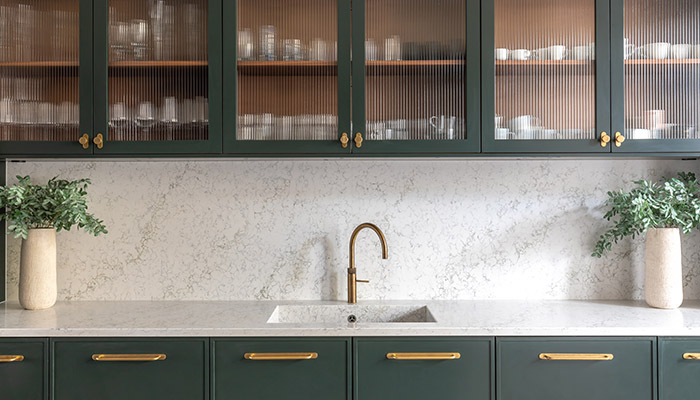
It’s not just aesthetics at play though as large-slab splashbacks can also enhance consumer experience by reducing upkeep and maintenance needs. “From a practical point of view, a single piece of material with minimal joints is far easier to clean than traditional tiled splashbacks,” says Cris Sega, sales designer at Tom Howley. He continues: “If maintained well, it requires minimal upkeep, whereas grout can easily become discoloured and tired-looking over time.”
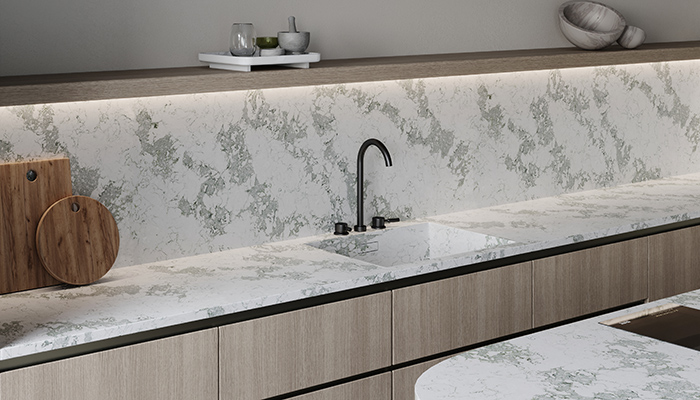
2. Vibrant colours
Traditionally, white marble designs have been the go-to option for kitchen surfaces. Simon Boocock, MD at CRL Stone, explains how that is changing: “There’s a real move towards splashbacks featuring vibrant colours and bold patterns with prominent veins that bring a touch of drama to the kitchen.”
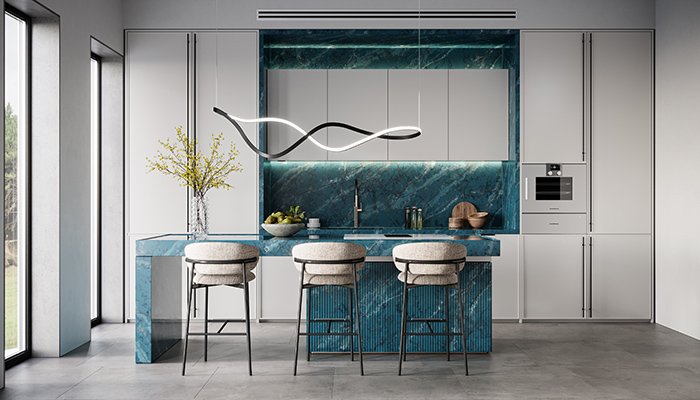
Ben Bryden, sales & marketing director at RAK Ceramics UK, agrees. “Bold colours such as grey and black, which bring depth to the kitchen, are taking centre stage and marble-inspired designs with dramatic veining are also topping more consumer wishlists,” he says.
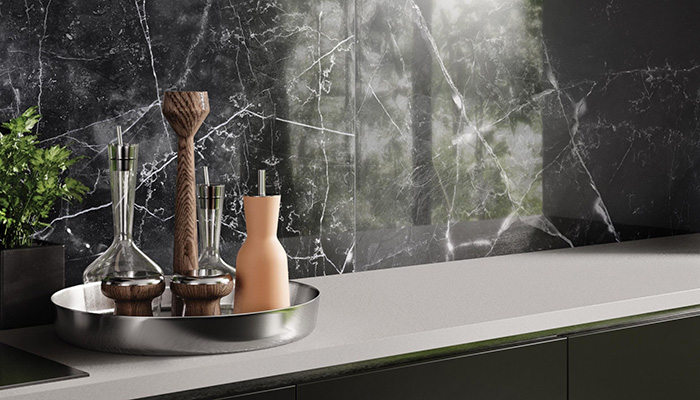
Some consumers are wanting to go one step further by making the splashback one of the most impactful design areas in the kitchen. “Bookmatched splashbacks are also gaining momentum,” says Gavin Shaw, MD of Laminam UK. “Bringing a dramatic, mirror-image effect that adds a real wow factor to the space.”
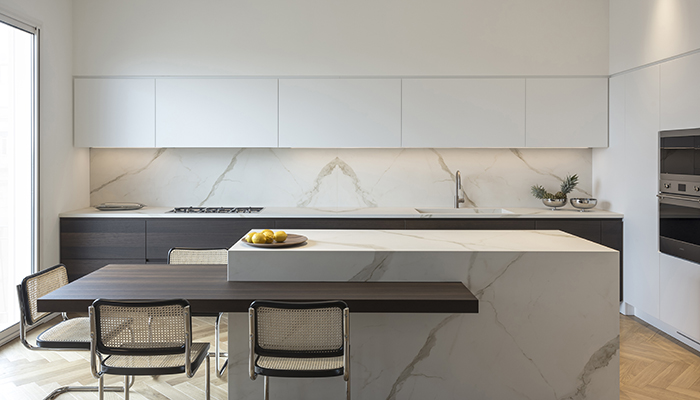
3. The natural look
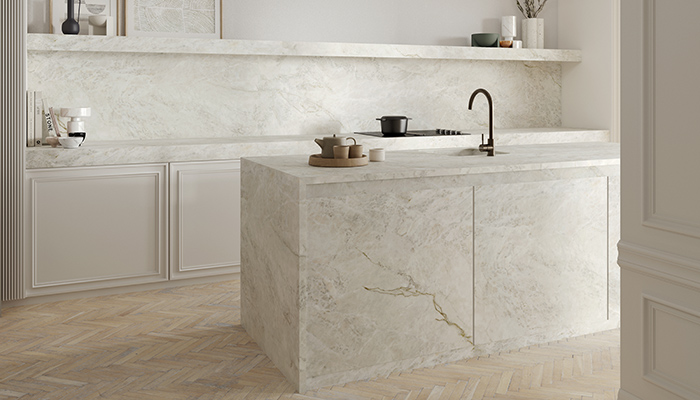
For consumers who would prefer a more neutral look there is another trend gaining in popularity as explained by Ross Stewart, UK senior sales manager for Neolith UK. “Warm neutral tones such as taupe and terracotta that encompass colours reminiscent of natural elements such as clay, sand, and stone are increasingly becoming popular,” he reveals.
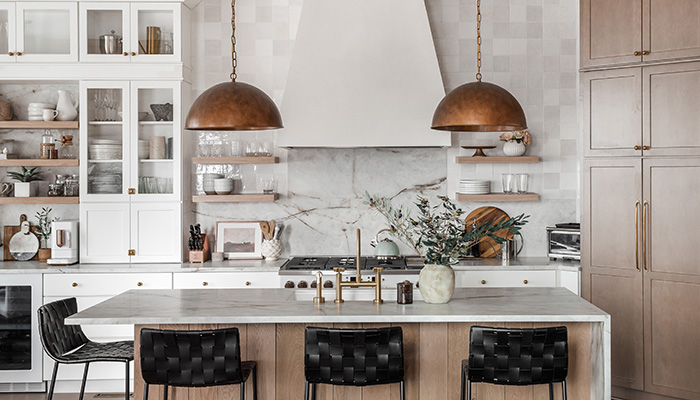
He adds: “With an elegant aesthetic, these shades can be seamlessly integrated into a plethora of kitchen styles, from minimalist concepts to more eclectic spaces.”
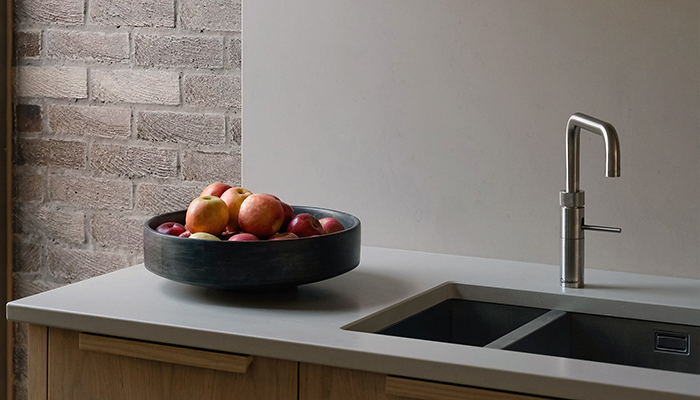
This design element can extend beyond just the visual and into textural elements as Lois Rile, senior designer at Mowlem & Co, discusses. “People are wanting more natural stones and prefer an ‘earthy’ look, whether that is using organic tiles, textured stone or microcement walls, these effects creates such a warm inviting space, and I also feel however on trend at the moment this is, done well it's also quite timeless.”
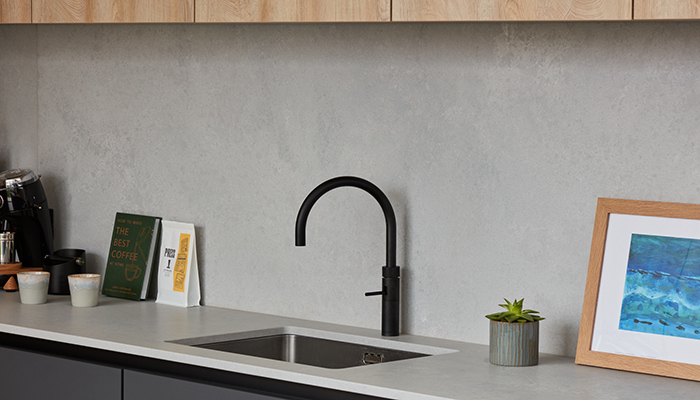
Tags: kitchens, features, splashbacks, surfaces, worktops, crl stone, caesarstone, laminam, neolith, rak ceramics, mowlem & co






